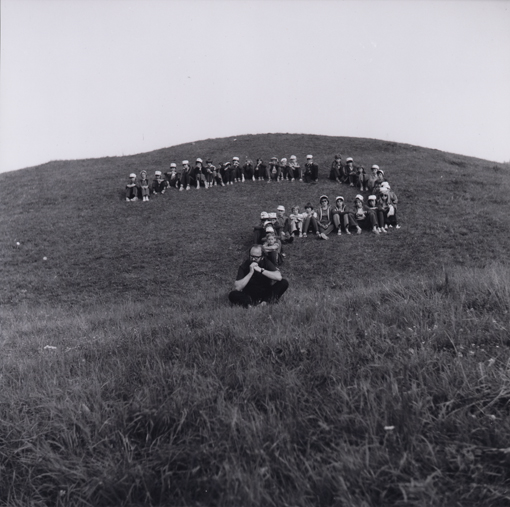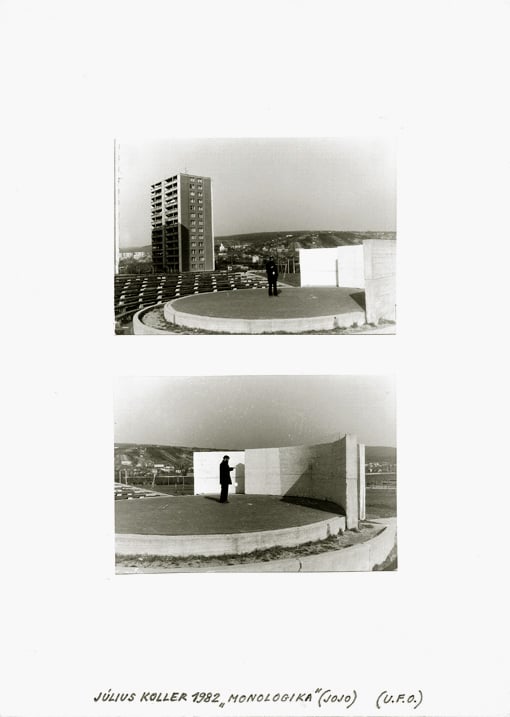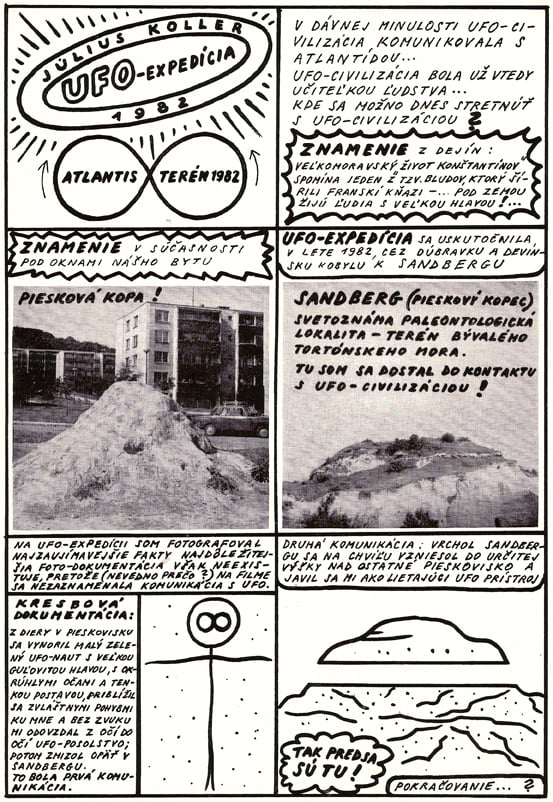Anti-Happening
- Drawing & Print (Drawing & Print)
11,4 x 16,2 cm
Julius Koller
Anti-Happening refers to Koller’s 1965 manifesto, ‘Anti-Happening (System of Subjective Objectivity)’. In opposition to the notion of a ‘happening’ as a way of actualising group identity, in his manifesto, Koller stated that his concept of the ‘anti-happening’ aimed at a ‘cultural reshaping of the subject, at awareness, at the surroundings and the real world’ [i] . Unlike happenings, these actions do not involve the staging of psychologically expressive performances. As the art historian Piotr Petrowski has noted, it is part of ‘an attitude that aims to erase the boundaries between different art tendencies (art and anti-art, modernist and neo-avant-garde painting), between different forms of neo-avant-garde practice (performance, conceptual art, Fluxus) and, above all, between art and life’ [ii] . [i] Kathrin Rhomberg and Roman Ondák (eds.), Julius Koller: Univerzálne Futurologické Operácie , Cologne 2003. p.126. [ii] Piotr Piotrowski, In the Shadow of Yalta: Art and the Avant-Garde in Eastern Europe, 1945–1989 , London 2009.
In its stringency, obsession and peculiarity, the oeuvre of Julius Koller is one of the most idiosyncratic and consistent in European art since the 1960s. Yet Koller is not only a seminal figure in the history of the neo- and post-avant-garde; his work has long been a critical inspiration for artists and intellectuals. In the most recent past, Koller’s concepts of the Anti-Happening, the Anti-Picture, the Universal-cultural Futurological Operation (U.F.O.), his actions, objects, texts and the enormous referential archive he built up, have attracted growing interest on the part of a broader art public. From around 1960, in response to the modernist mainstream in Slovak art, Julius Koller began to develop his aesthetic position of the “antihappening.” His strategy consists in using real objects and everyday life as the predefined program for an aesthetic operation: from 1965, in texts rubberstamped on paper that refer to the context of the “anti-happening,” and then in 1967/1968 in pictures for which Koller used white latex paint instead of oils and which saw the first appearance of the question mark—the symbol of Koller’s brands of naming, or “making known,” that was later to undergo many mutations in various media and states of aggregation. The “invitation cards for an idea”—as Koller called the text works relating to the “anti-happenings”—and the palimpsests and serial arrangements of the “anti-pictures” set themselves apart from the academicism of Modernism in more than just formal terms. Koller foregoes every form of technical mastery. The “anti-pictures” are amateurish in style, ensuring that they fulfill their task, defined by Koller as “engaging rather than arranging.” Julius Koller was born in 1939 in Piestany, Slovakia. He died in 2007 in Bratislava.
Colors:
Other works by: » Julius Koller

© » KADIST
Julius Koller
1978This work is one of Koller’s many variations which he began to use from 1970 to describe the ‘cultural situations’ he created...




